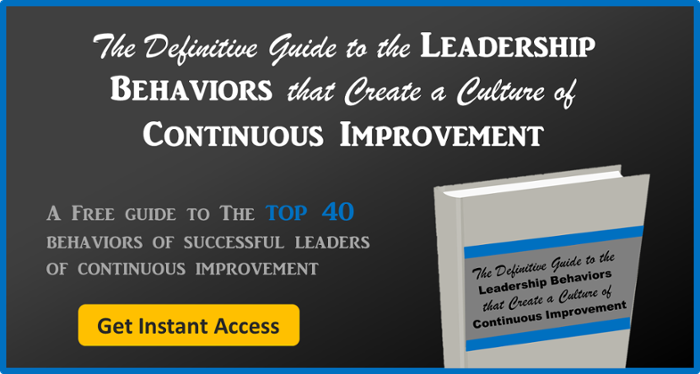 In my last post, we learned that while our brain has the capacity to honor the experiences of others and incorporate that data into its decision making, the fact is that the more power and control one has, the less likely we are to do so. The Hogleven study that came to this conclusion found that “People in positions of power tend to act in a self-interested manner and display reduced interpersonal sensitivity to their powerless counterparts.”
In my last post, we learned that while our brain has the capacity to honor the experiences of others and incorporate that data into its decision making, the fact is that the more power and control one has, the less likely we are to do so. The Hogleven study that came to this conclusion found that “People in positions of power tend to act in a self-interested manner and display reduced interpersonal sensitivity to their powerless counterparts.”
This matters to leaders because, in order for your employees to perceive you as credible, they must see you as a worthwhile partner who is also concerned with what matters to them. If credibility is the foundation for any improvement effort to get off the ground, then Hogleven has unearthed a pivotal dilemma: the success of your well-intended change initiatives rests upon the decisions of the people who need to implement those changes. And the choice they are making is whether they believe in you or not.
Would it Work?
Analyzing the viability of an improvement idea takes place in the prefrontal cortex - examining the data, understanding the current condition, testing options, and making a choice. But surprisingly, this prefrontal cortex activity is not what the brain uses to determine credibility.
Is it Workable?
The proposal must also be workable - feasible given the current way work is done. The greatest improvement of all time will meet strong resistance if it flies in the face of what people believe they can be successful doing. The question, then, is what constitutes success? And for whom?
Leaders might point to finances, or patient/customer satisfaction, or meeting their KPIs. Front-line staff might identify certain tasks for which they are responsible. Middle managers might focus on this week’s report or staffing vacancies. Those in the community just want an answer to their concerns.
Each person uses different criteria to judge success, yet we know from the Hogleven study that we’re predisposed to discount the criteria of others. Moreover, many of these criteria reside outside of one’s awareness, in what Shankar Vedantam calls the Hidden Brain. These are inaccessible and unknowable, and yet we depend on these in the Hidden Brain to make the value judgments so necessary to balance conflicting options and make decisions.
Juggling Criteria
A person prioritizes sorting criteria in their Hidden brain. These criteria form the lens through which one views their world so that one sees what they are looking for. This is why a person looks for the data, facts and memories that support their view. This is why two people, each with good intentions, look at the same situation and see something so very different.
Credibility is so critical because if the Hidden Brain starts off believing you are not a credible partner, then it sorts its criteria in such a way to justify that belief. Invariably, this leads to a focus on all the ways your proposal fails to benefit them. Their brain pays little, if any, attention to anything else, even the greatest idea ever.
The key to your credibility and to success in your improvement endeavors rests in becoming as aware as possible of the sorting criteria others are using to interpret their world. The challenge is that because these criteria are prioritized in the Hidden Brain, people are unable to articulate them. They are not aware of all that goes into their decisions, and neither are you.
That’s not to say this is a hopeless situation, though. The brain does not like to deal in hypotheticals, but it will make a decision when presented with specific circumstances. By examining a person’s choices, you can gain insight into the sorting criteria they’re using to make decisions and access the Hidden Brain ‘data’ that is so crucial to your success. No matter how well that idea works to improve the situation, its workability is what matters to earn their engagement.
Stop for a moment and consider the way you currently go about improvement. I’ll bet it is largely about what works - prefrontal cortex analysis focused. But participating in the improvement idea really depends on workability - that’s the Hidden Brain. That means you need to focus more energy on understanding what people fear and how they gauge success and frame your initiatives around those needs.
Check out the previous posts in this series (starting with the most recent):
- Think You're Credible? Think Again.
- Is Accidental Deception and Coercion Slowing Your Improvement Culture?
- Credibility Trumps Reason: Why Improvement Fails to Spread
- When it Comes to Empathy, We Have it Backward
- The Science Behind Why It's So Hard to Change Minds and Spread Improvement



Add a Comment